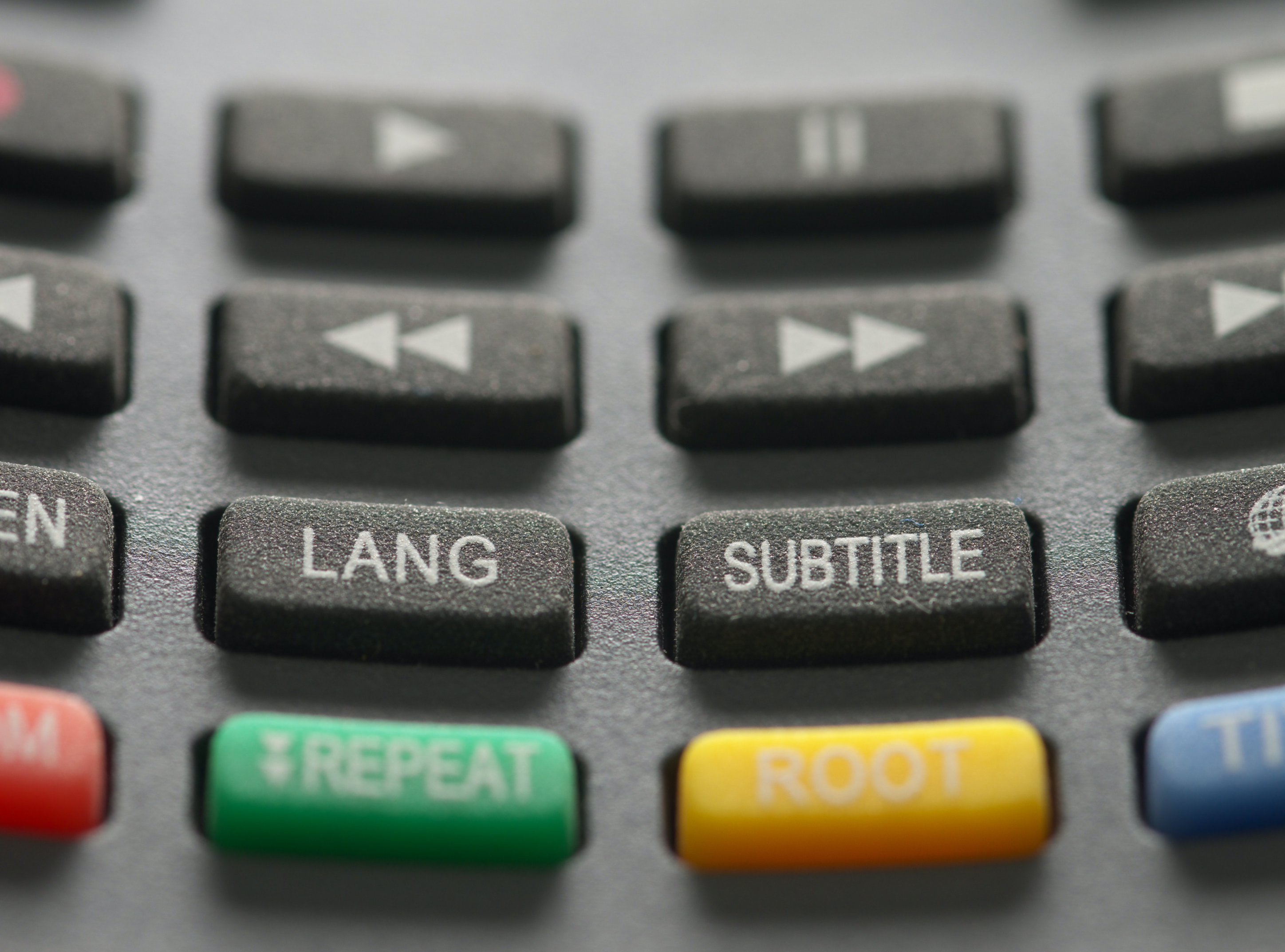In 2020, adults in the United States spent almost three and a half hours per day watching TV. Even more impressive? One hour and 43 minutes per day was spent watching digital video on devices on top of that.
You might blame ‘Rona for all the content consumption, but look at the data and you can see that time spent watching video has been on the rise for years. That’s why using closed captioning in content is so essential. Not only is it inclusive, but there are other benefits as well.
Fun fact: “Closed captions” usually exist as a separate file than the media it accompanies, so they can be switched on or off. “Open captions” are permanently visible. Since they’re always on, any viewer can read them despite their tech setup or the platform’s captioning functionality.
Accessibility is important
We dedicated an entire post to making your website and blog accessible because yes, it’s that important. But since we’re specifically talking about video content in this post, we figured it wouldn’t hurt to recap.
About 430 million people worldwide require rehabilitation to address their disabling hearing loss, the World Health Organization reports. That’s over 5% of the world’s population. Chances are some of those people belong to your target audience, so if you’re not using captions, you’re leaving them out.
If you’re looking for more resources on different types of captions (also called subtitles) and how they meet the needs of people who are deaf and hard-of-hearing, the Web Accessibility Initiative site has you covered.
People watching videos want captions
Ready for another mind-blowing statistic? A survey from Verizon Media in 2019 found that 92% of U.S. consumers watched videos with the sound off on mobile. That’s huge! Furthermore, 80% of consumers are more likely to finish an entire video when captions are available.
Why the desire for captions? Well, we’re guessing you know why because you’re most likely part of that 92% of Americans. Reasons may include:
- Being in a quiet place
- Being in a public space and not wanting to bother others (unless you’re an asshat)
- Not having headphones to watch with sound
- Multitasking, like being in a Zoom meeting and watching TikToks on your phone (come on, admit it)
This survey also found that 29% of consumers reported that they were better able to understand the video with captions. Adding captions also helped people remember ads (8%) and remember the brand (13%). Sounds like a win for your biz.
Closed captioning can help non-native speakers
Captions can reach another segment of your target audience: non-native speakers. They can make it easier for non-native speakers who need more than just audio to get the gist of your video.
Depending on the platform you’re using for your video content, you may be able to automatically translate your captions into other languages. Someone from another country who wants to watch your videos can still enjoy your content, even if you aren’t able to translate into their language yourself.
Captions are good for your audience and your biz
We’re not going to explain how to add captions for every video platform you use because 1) that’s exhausting and 2) there are plenty of helpful blogs, articles, and FAQs that can. We will, however, get you started with a few resources here:
- Transcribing Audio to Text
- Captioning Your Own Video for Free
- How to use captions on:
Part of being a great content creator is understanding what your audience wants and accommodating them when you can. It benefits them, and it benefits you. Clearly, the people want closed captioning in content, even when they don’t need it, so take the time to include captions, k?

